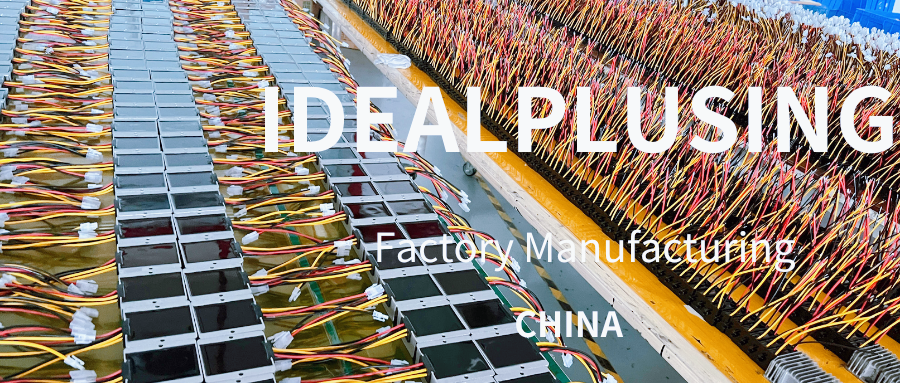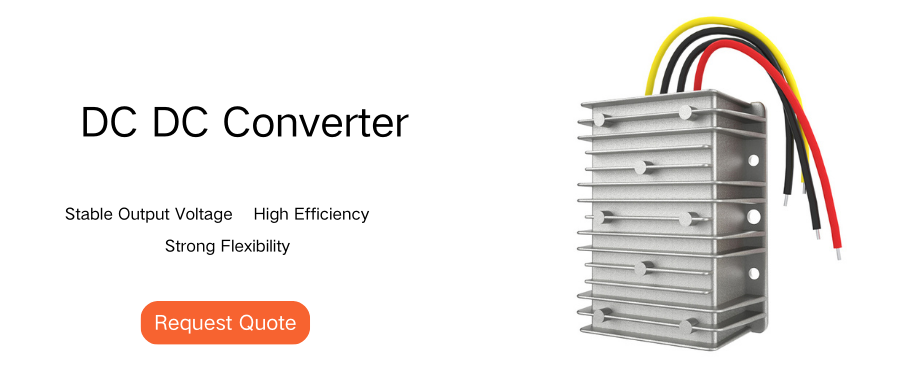Both the buck DC converter and the boost DC converter are common DC-DC converters used to convert DC voltage to different voltage levels. The buck converter reduces the input voltage to below the output voltage, while the boost converter increases the input voltage to above the output voltage.
Working principle of buck converter
The basic principle of the buck converter is to generate the required buck voltage at the output by periodically switching the power input voltage. The buck converter mainly consists of a power switch (usually a field effect transistor or a bipolar transistor), an inductor and a capacitor.
1. Channel closed state: When the power switch is turned off, the input voltage is applied to the inductor, and the charge on the capacitor begins to be released. The function of the inductor is to store energy, and the current remains unchanged.
2. Channel open state: When the power switch is turned on, the energy stored in the inductor is transferred to the capacitor, and the output voltage begins to rise. In this state, the inductor and the capacitor form an oscillation loop to keep the output voltage stable. The output voltage can be controlled by adjusting the duty cycle and duty cycle of the switch. The higher the switching frequency, the smaller the ripple of the output voltage, but the loss of the switching device will also increase.
 Working principle of boost converter
Working principle of boost converter
The basic principle of boost converter is to generate the required boost voltage at the output by periodically switching the power input voltage. The boost converter mainly consists of a power switch, an inductor and a capacitor.
1. Channel closed state: When the power switch is turned off, the energy storage current in the inductor is applied to the capacitor, and the output voltage starts to rise. The role of the inductor is to store energy, and the current remains unchanged.
2. Channel open state: When the power switch is turned on, the energy stored in the capacitor is transferred to the output end, and the voltage starts to drop. In this state, the inductor and the capacitor also form an oscillation loop to keep the output voltage stable. By adjusting the duty cycle and duty cycle of the switch, the output voltage can be controlled. The higher the switching frequency, the smaller the ripple of the output voltage, but the loss of the switching device will also increase.
Summary
Buck converters and boost converters achieve voltage conversion by periodically switching the input voltage. Buck converters reduce the input voltage to the required output voltage by controlling the duty cycle and duty cycle of the switch. Boost converters increase the input voltage to the required output voltage. These converters are widely used in various electronic devices such as power adapters, mobile phone chargers, etc.







